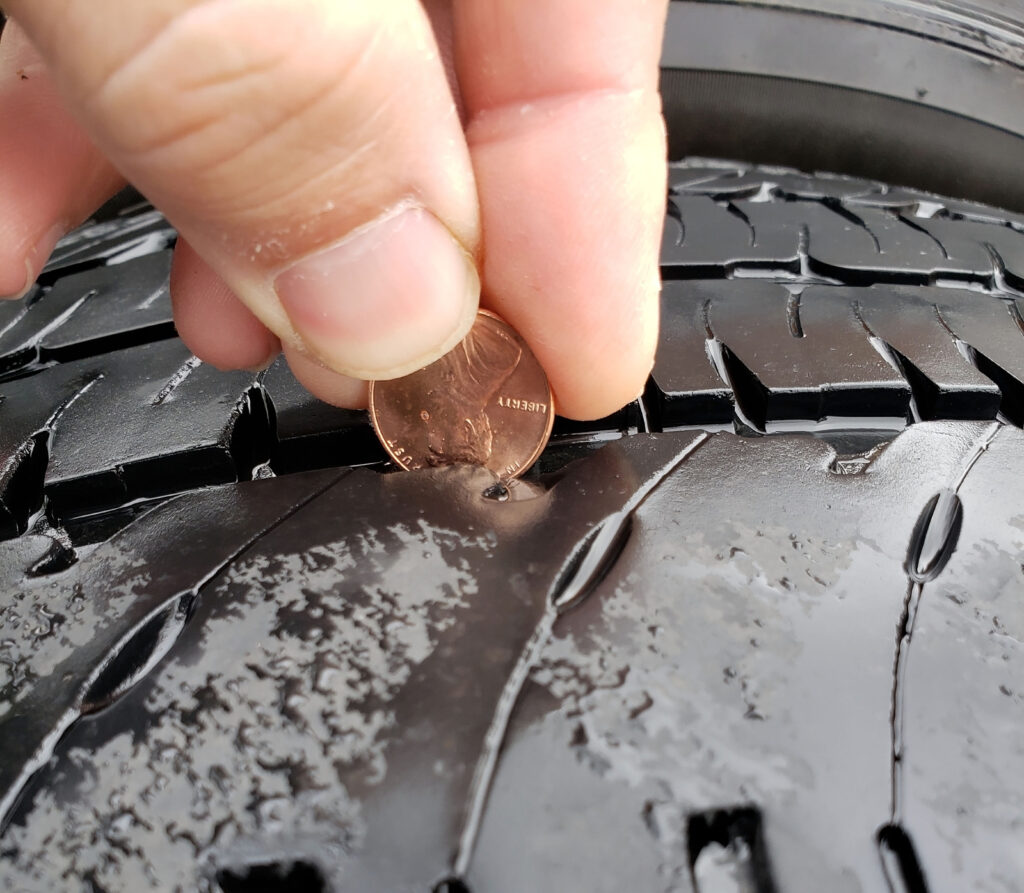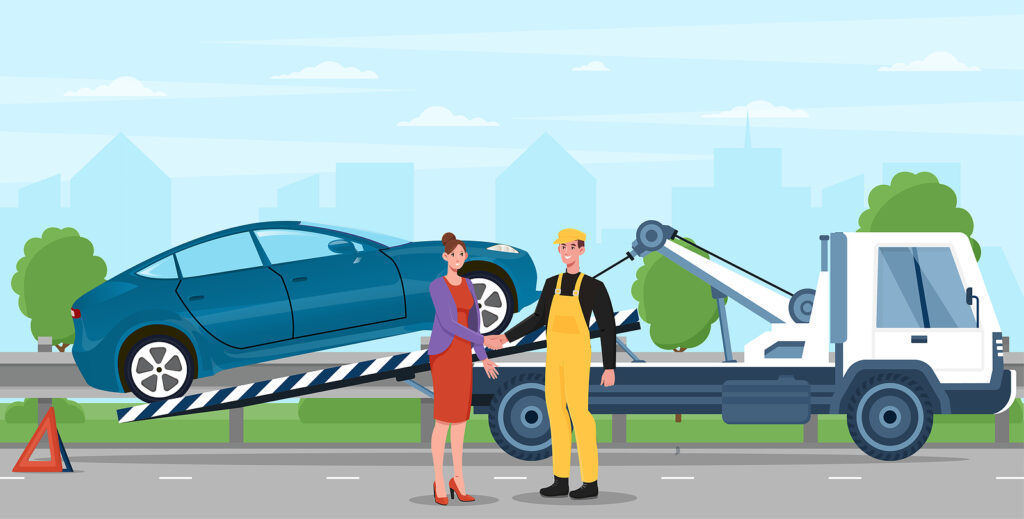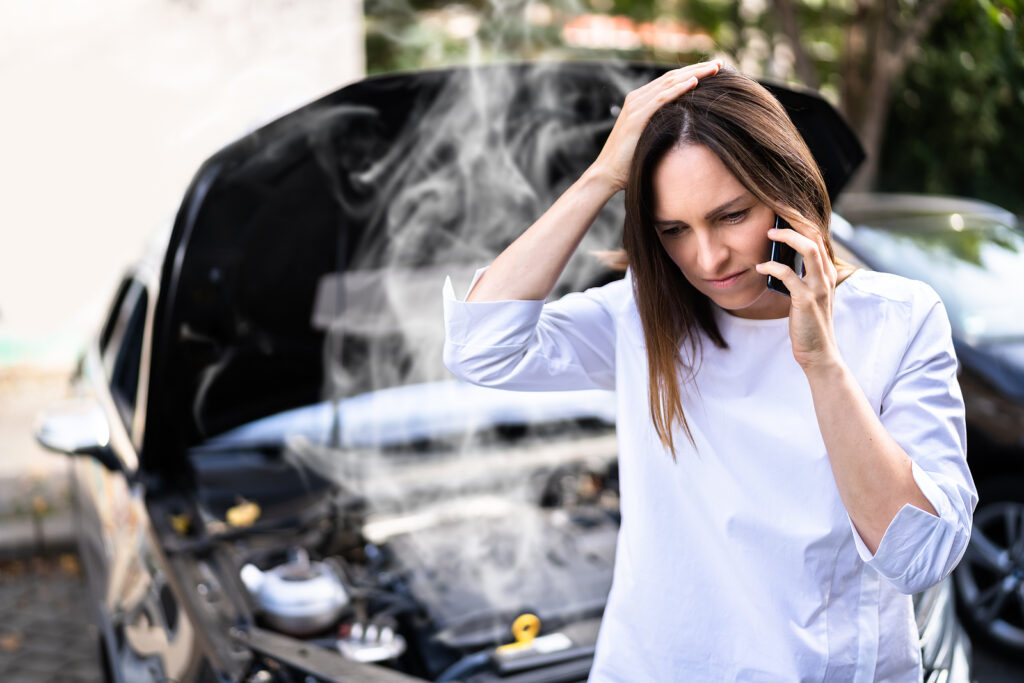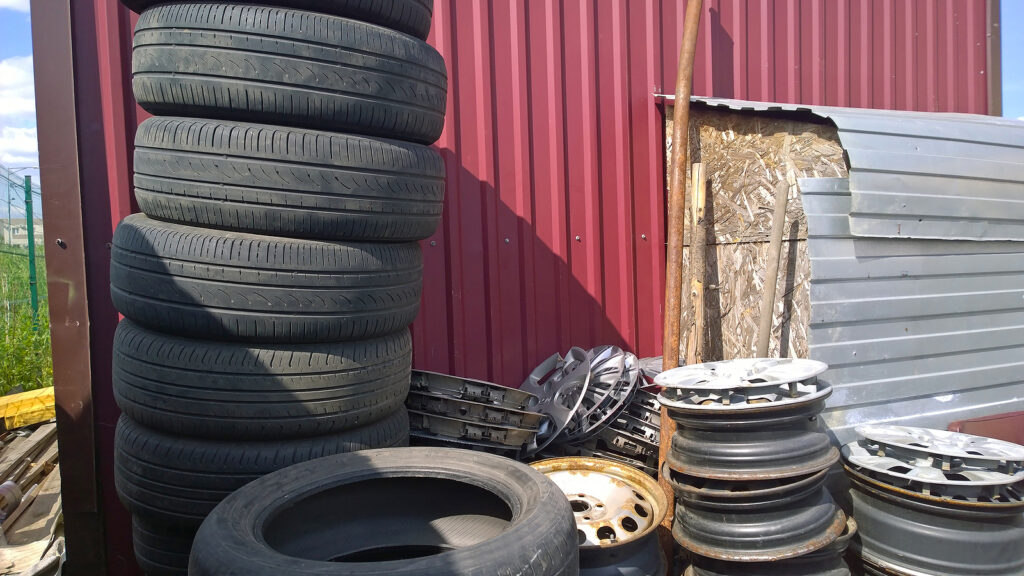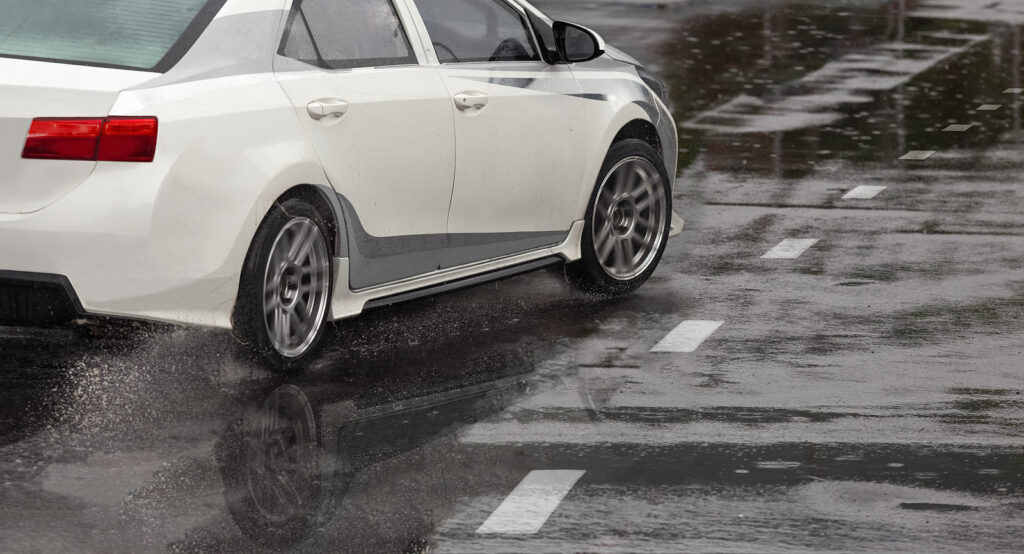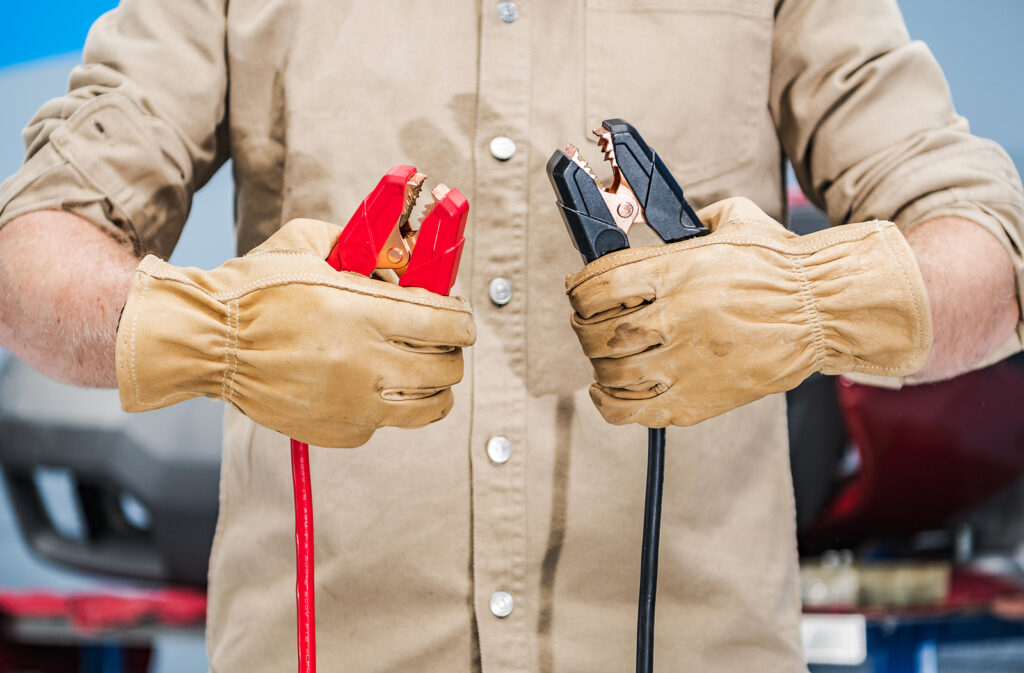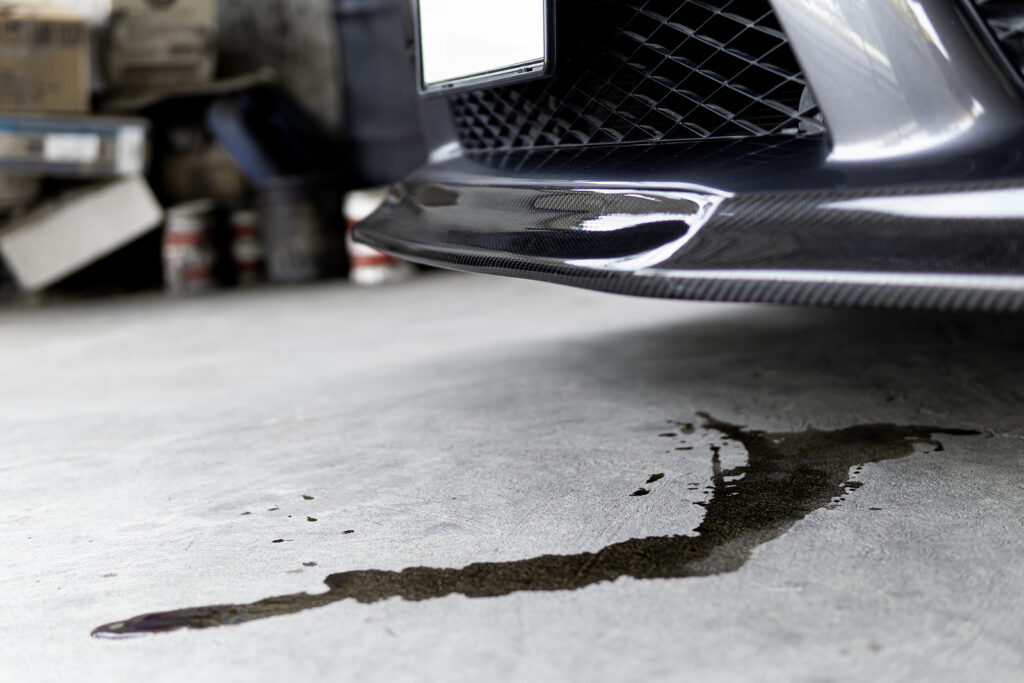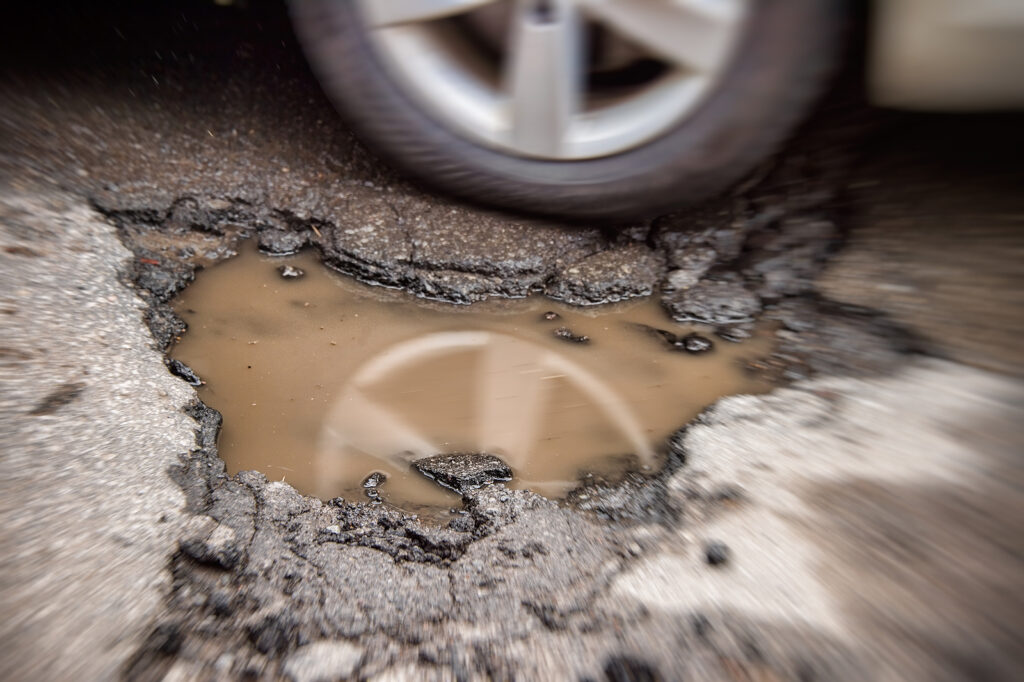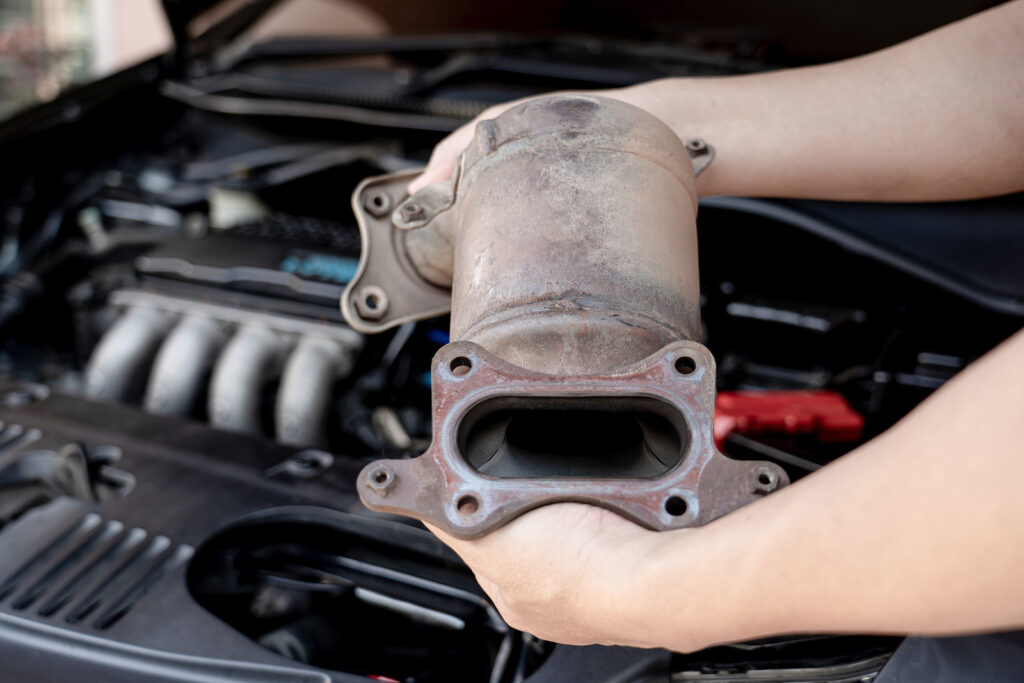Emergency roadside problems can be scary, mostly because they are almost always unanticipated and because many drivers don’t retain the proper knowledge needed to approach these situations carefully and responsibly. If your car just broke down on you unexpectedly, rely on these four steps to get you through the process, safely and efficiently.
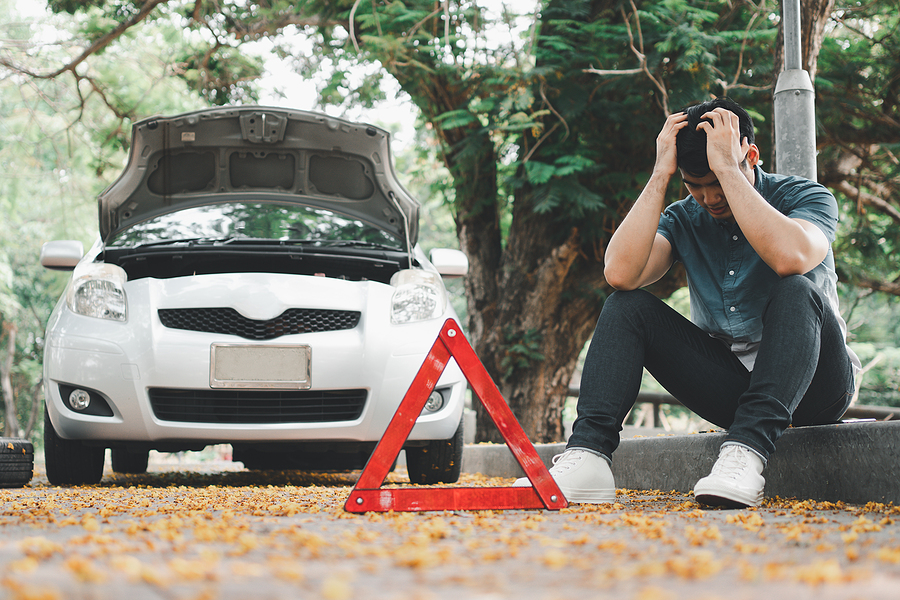
4 Steps to Take After Your Car Breaks Down
Keep Calm
Although the “keep calm” slogan can sound unoriginal, staying calm and refraining from panicking are important parts of managing your roadside emergency safely. By maintaining composure, you can maintain control of the situation and therefore make better decisions moving forward. This also allows you to better protect any passengers in tow, especially children and pets.
Get Clear of Danger
While remaining relaxed, slowly coast your vehicle to the side of the road or into a parking lot if possible. If your car suddenly stops and will no longer drive, stay where you are at and refer to the next steps.
Once you come to a stop, or if you’re already at a stop, turn your ignition off and engage the emergency parking brake. If you are on a busy highway or similar dangerous location, it may be safer for you and your passengers to remain inside of the vehicle.
If you are on a road that is safe to navigate outside of your car, your next step here is to make your car as visible as possible. Put on your hazard lights and interior cabin lights. If you have them, place traffic cones or reflective triangles around the perimeter of your vehicle. This is especially important at night or in poor visibility conditions like rain or fog.
Call a 24 Hour Roadside Assistance Service
Assuming that you have a working phone with you, your next step is to contact a local twenty-four hour roadside assistance service. Most roadside emergency companies can respond within the hour to your location. Just be sure to choose your Indianapolis roadside assistance company wisely.
If your car broke down because the battery died or you have run out of gas or some other important automotive fluid, the roadside assistance operator can likely resolve these issues on site. For more serious automotive malfunctions, they can provide towing service and transport your vehicle to your local auto repair shop or location of your choice.
Reflect While You Wait
As you wait for your roadside emergency operator to arrive, use the time to reflect on your memories of the breakdown. Did you hear any strange noises or smell any odors? Did your car shake or vibrate? Was it a sudden or gradual breakdown? Recount any details you remember when your car started to breakdown. These details can help the roadside assistance operator determine the underlying problem and apposite solution faster.
Are you wondering which Indy-based roadside assistance company can offer you the fastest and most affordable emergency service after a car breakdown? Contact Zore’s Indy at 317-247-8484 for fast tow truck roadside assistance in Indianapolis, Indiana. We operate 24 hours a day, 7 days a week, and 365 days a year, including all National holidays.
Related Posts:
The Most Important Fluids that No Car Can Go Without
How to Assemble a Roadside Emergency Kit
Top 3 Things You Need to Know About Your Car Battery

